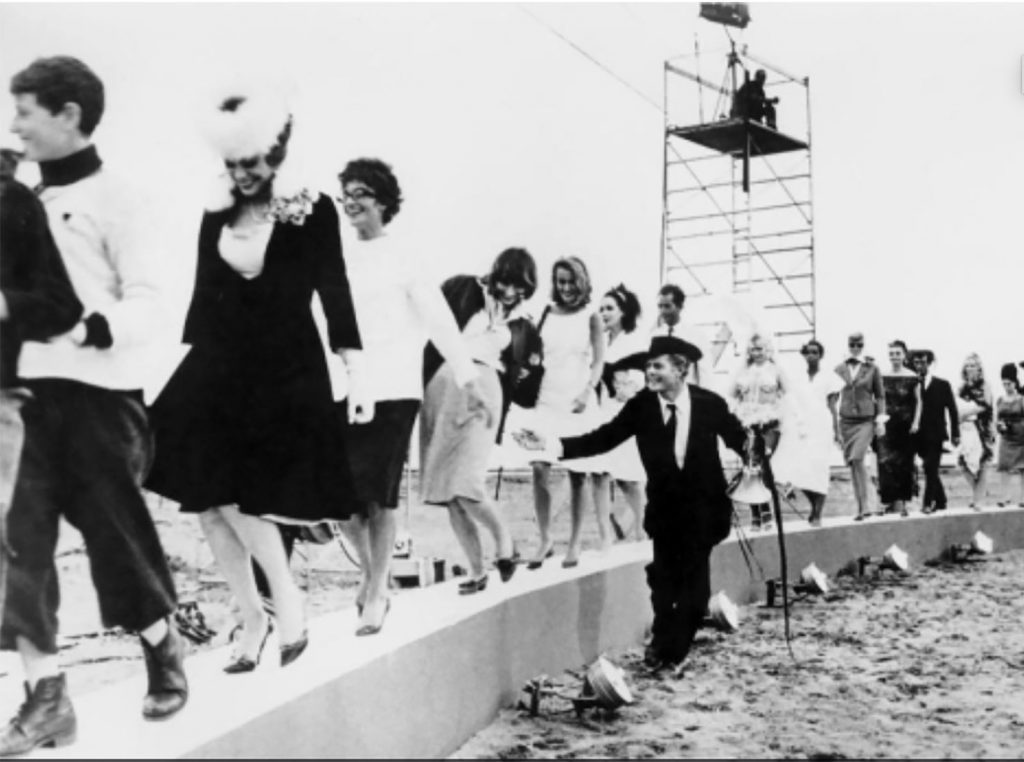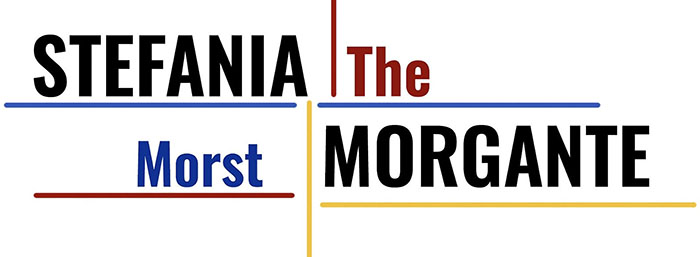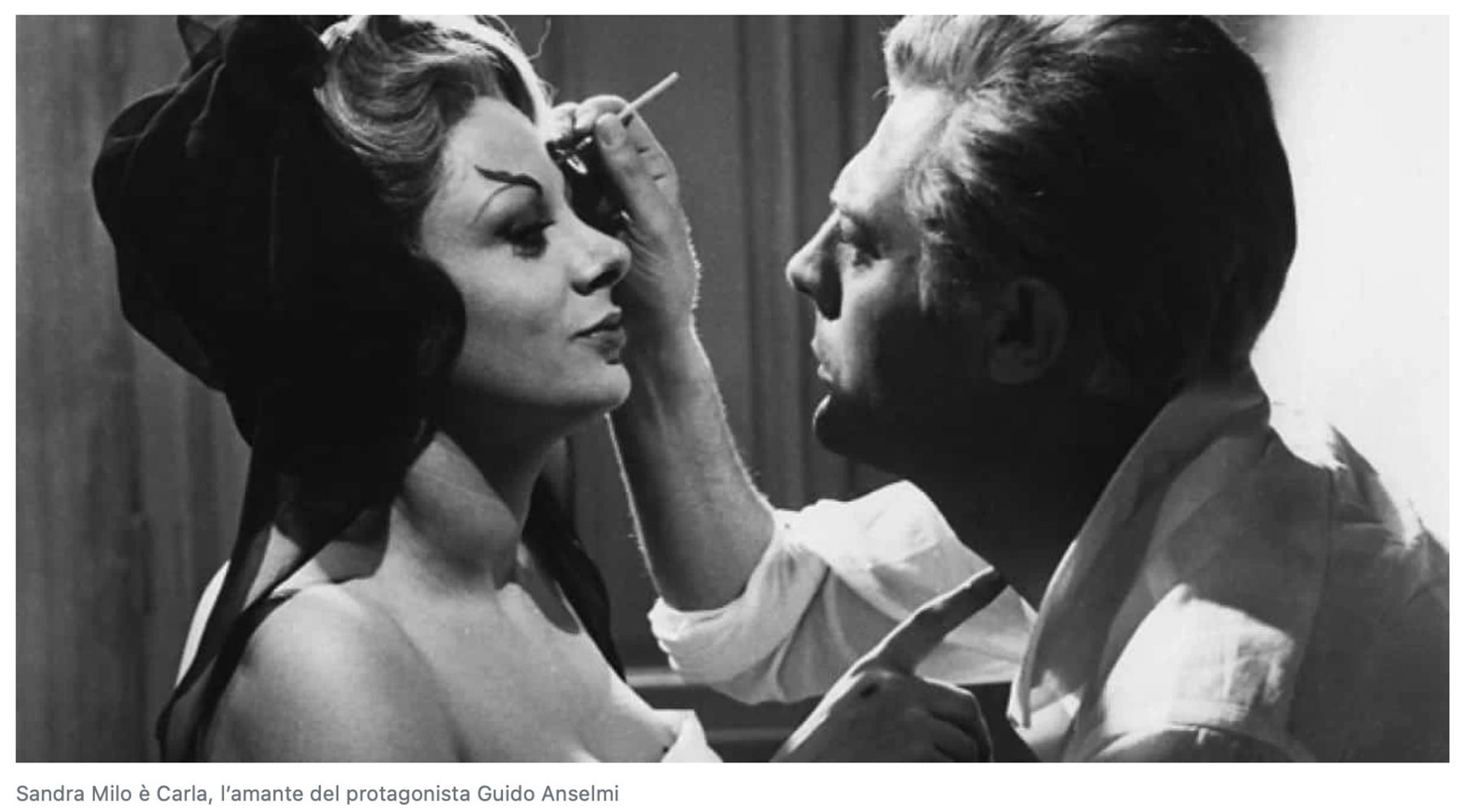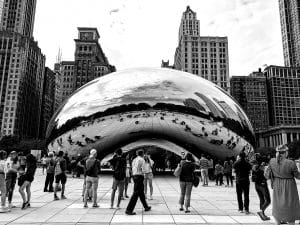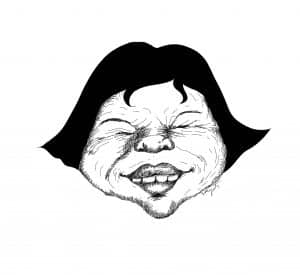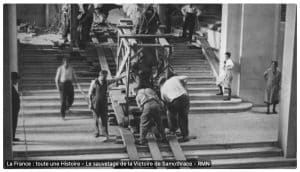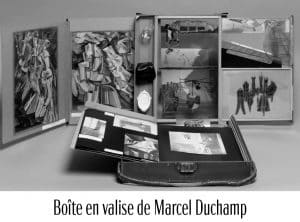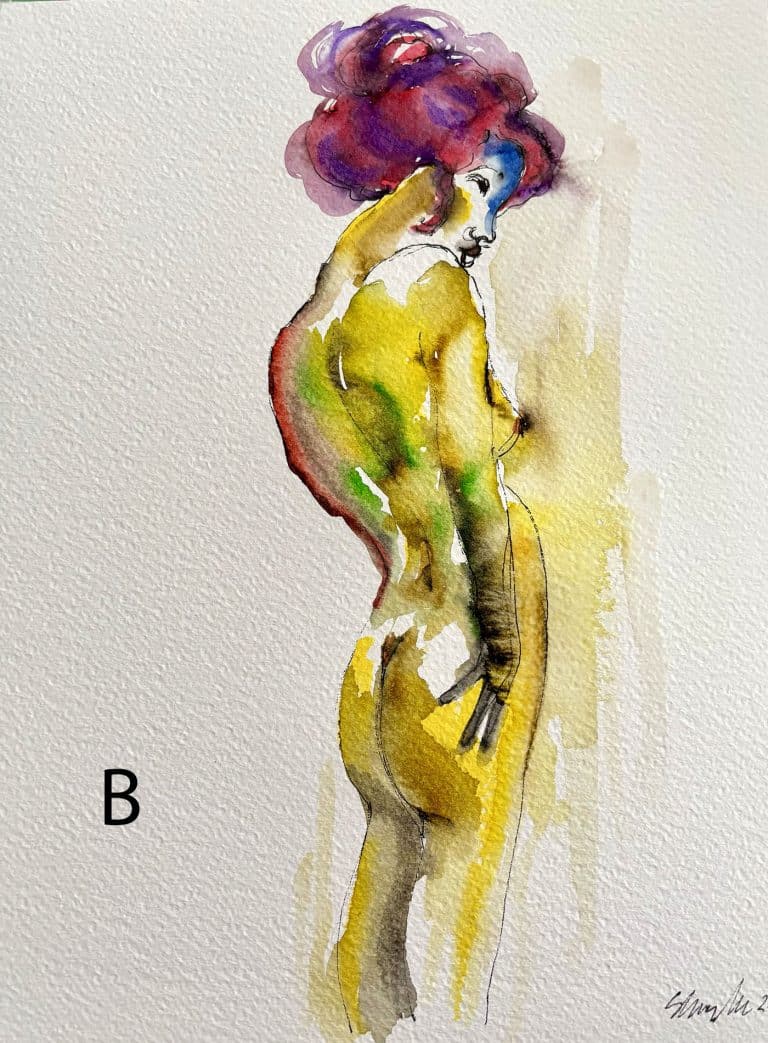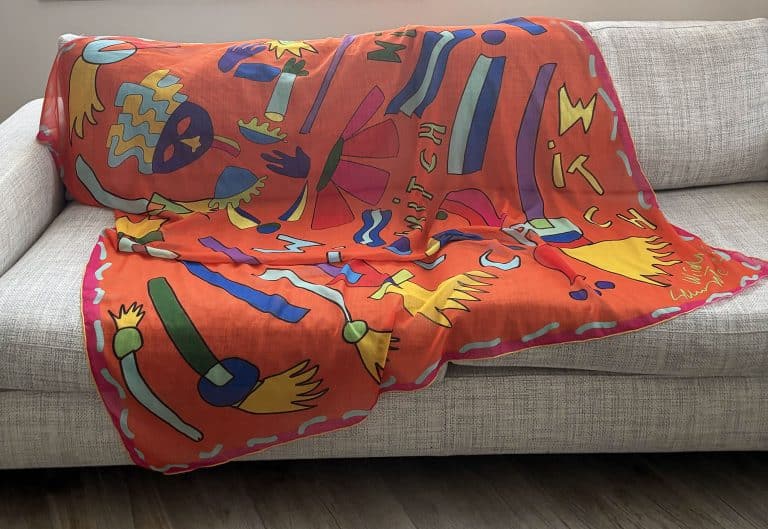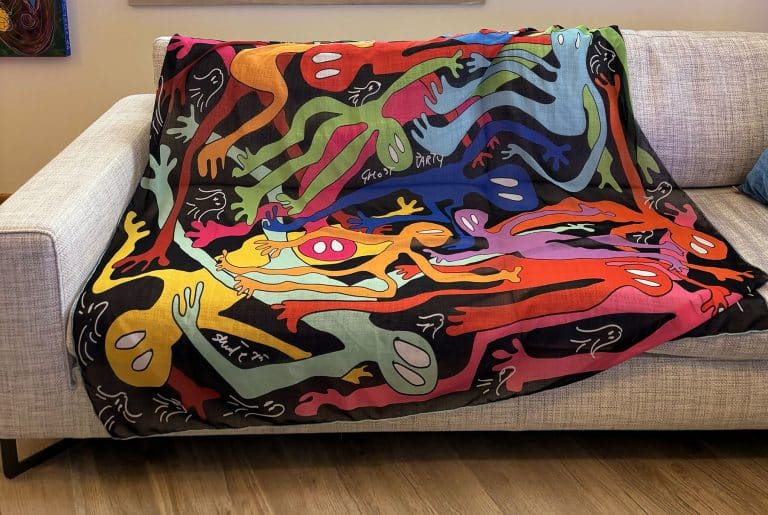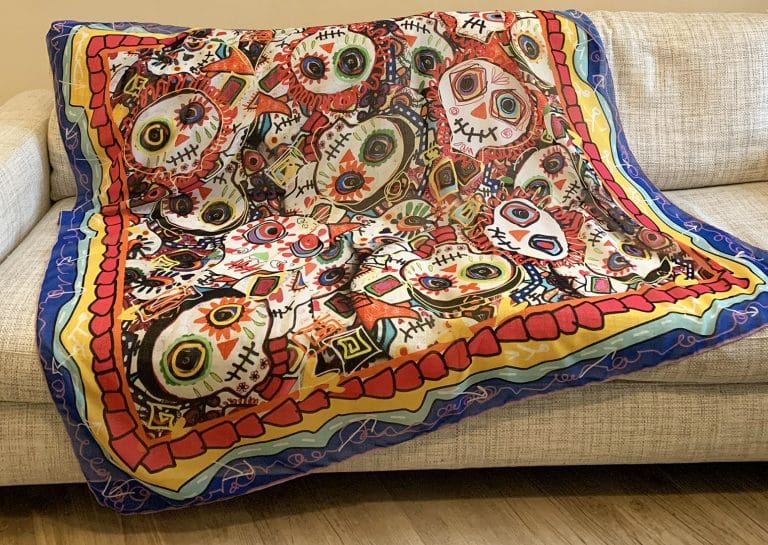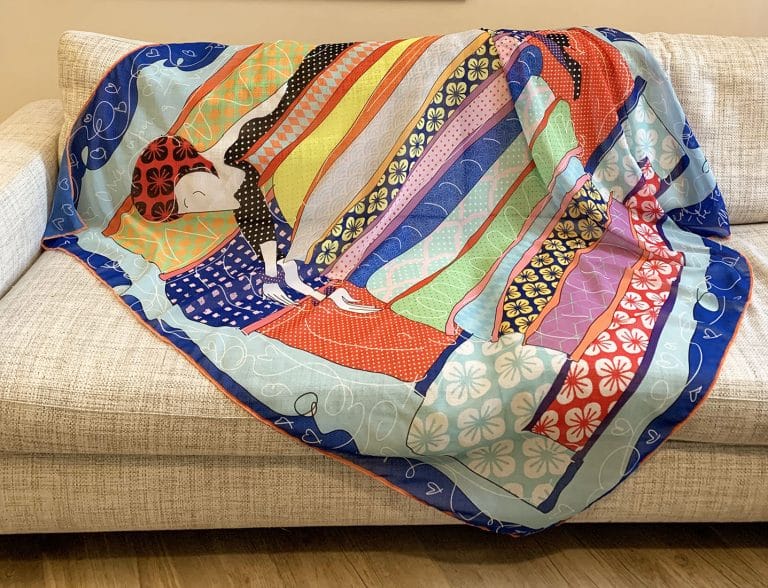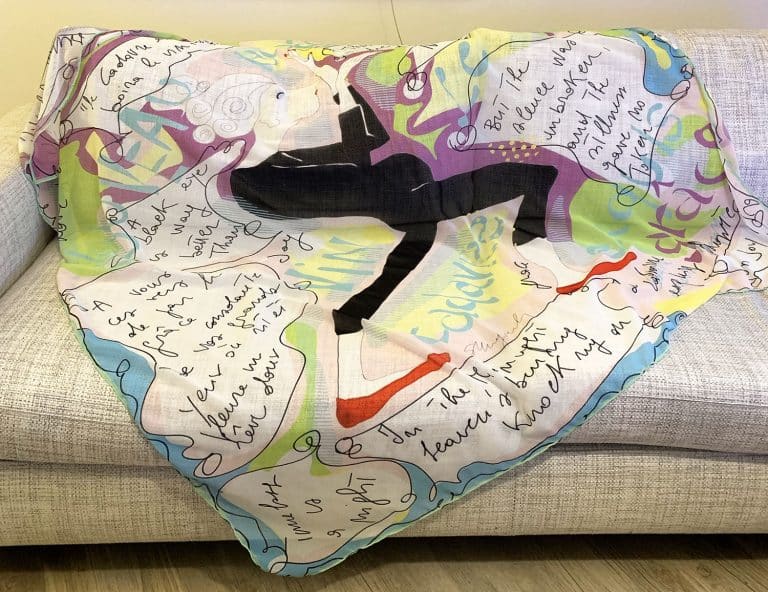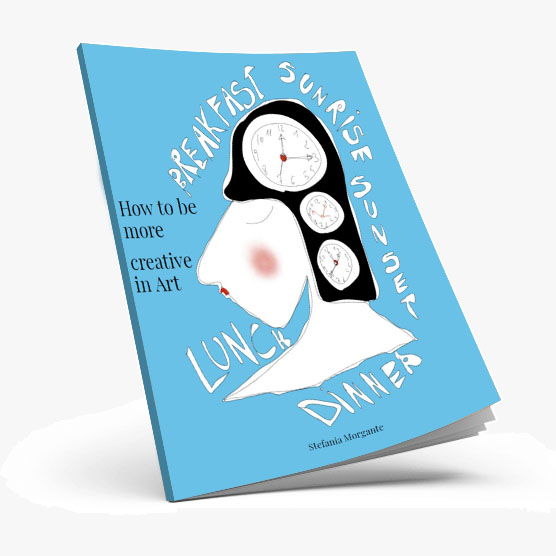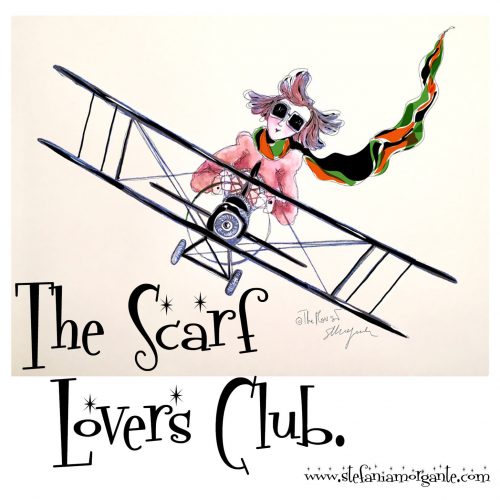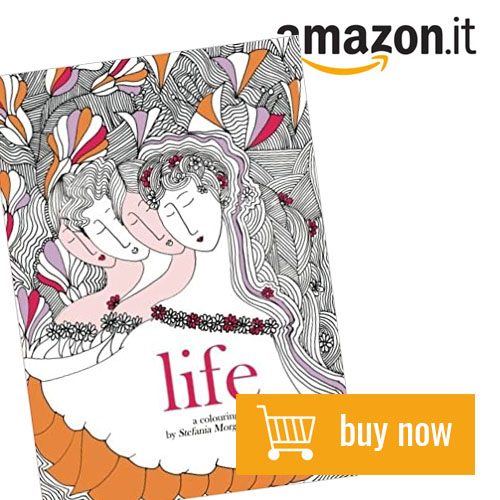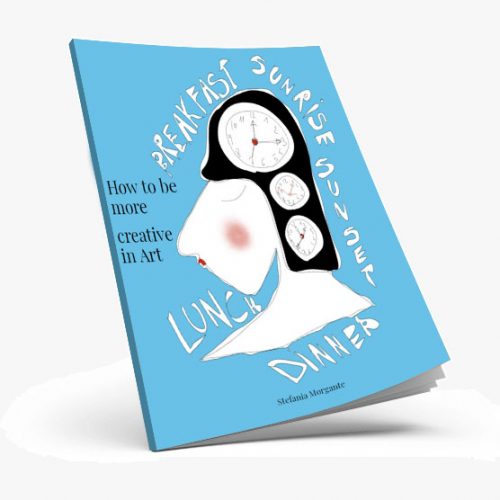A Fellini masterpiece waiting for inspiration.
Welcome to the mind-bending realm of the Thoughtstream, where ideas flow endlessly like a mesmerizing river.
In this article, we will embark on a journey to unravel the enigmatic workings of the Thoughtstream and discover how it holds the key to unlocking our deepest creative potential. Imagine being able to tap into a constant stream of inspiration, effortlessly accessing a wealth of innovative ideas. The Thoughtstream is a powerful concept that allows us to tap into this vast reservoir of thoughts, effortlessly expanding our creativity and problem-solving abilities.
But how does one access the Thoughtstream? Is it something that only a select few can tap into, or is it a skill that can be developed by anyone?
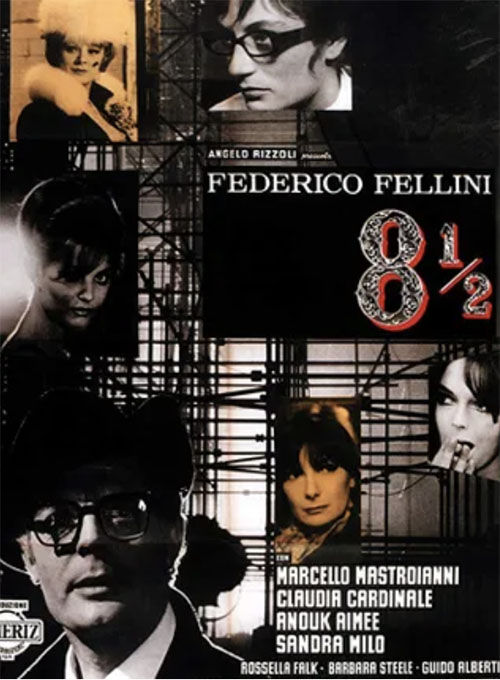
In this article, we will explore a Fellini’s movie 8½ (1963) harness the power of the Thoughtstream and unlock the full potential of our minds. Whether you’re a curious novice or a seasoned thinker looking for a fresh perspective, this article will provide you with valuable insights into the inner workings of the Thoughtstream. Prepare to dive into a world where ideas flow freely and imagination knows no bounds. Let’s begin our quest to unlock the secrets of the Thoughtstream together.
Federico Fellini meets Bernhard and embarks on a psychoanalytic journey that transforms him.
Bernhard tells him, “You always draw; why don’t you draw your dreams?“
8 ½ would not have existed without Bernhard because that film is made along the lines of a psychoanalytic session.
The sessions with Bernhard made him abandon the classic screenplay and Fellini improvised the form of the story in pictures, which became “Picassian” fragmented, with a progression following the stream of consciousness instead of the classic structure with plot, beginning, development and ending.
His art after Bernhard becomes freer, even more original, devoid of a pattern.
Fellini gives free rein to his imagination without predefined patterns.
The character of 8 ½ is a director in crisis torn between dream and reality. but welcomes any image and thought before him.
And taking in what appears without fixed rules unleashes the creativity of Fellini played by Marcello Mastroianni.
As in a stream of consciousness, childhood memories and present situations intersect throughout the film.
The unconscious takes over in a deeply artistic manner and is a revelation for Fellini and all his cinema from now on.
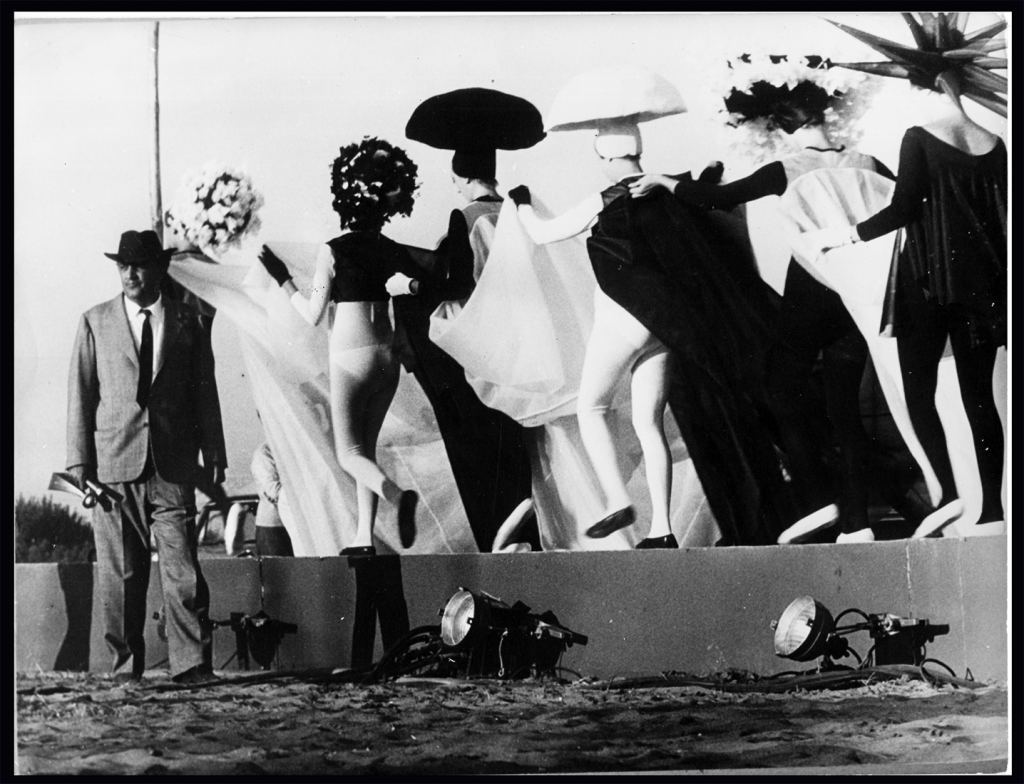
The director abandons consequentiality, logic, rationality, pre-established order, and relevance.
A watershed occurs with 8 ½: a perfect balance between psychology and creativity, with a narrative that sinks in the reality of a story of a director in crisis as he thinks about a new film.
The film plays on a constant balance between the lead director’s crisis of inspiration and the difficulty of narrating something.
And in this space, dreams, memories, and characters take shape.
The more the protagonist lacks inspiration, the more imagination and creativity explode into incredible forms and characters.
It is interesting to study Fellini to understand how creativity follows unconscious flows but also predetermined routes, for example through drawing.
Fellini uses drawing to begin to “look into the face of the film” as he puts it.
His drawings bring the words of the script to life and where words are insufficient, Fellini brings to the surface from his subconscious the drawing strokes necessary to bring the characters to life.
His sketches are not always about the birth of the characters but sometimes they surface after dreaming.
In 8 ½ Fellini offers us an interesting solution to the lack of inspiration: distraction.
The film’s character, Guido Anselmi (Fellini’s alter ego), in his effort to seek inspiration actually turns his attention to something else.
Fellini in search of inspiration, creates his masterpiece, but underlying it was a creative crisis.
So from creative crises can arise masterpieces that were not planned or even thought of.
It is an opportunity to radically change course, to question one’s work.
To reflect means to relax and accept whatever comes into our minds.
Rather than getting stubborn about finding solutions, one should therefore welcome without judgment what comes to us from the unconscious.
Perhaps draw these “visions” lightly.
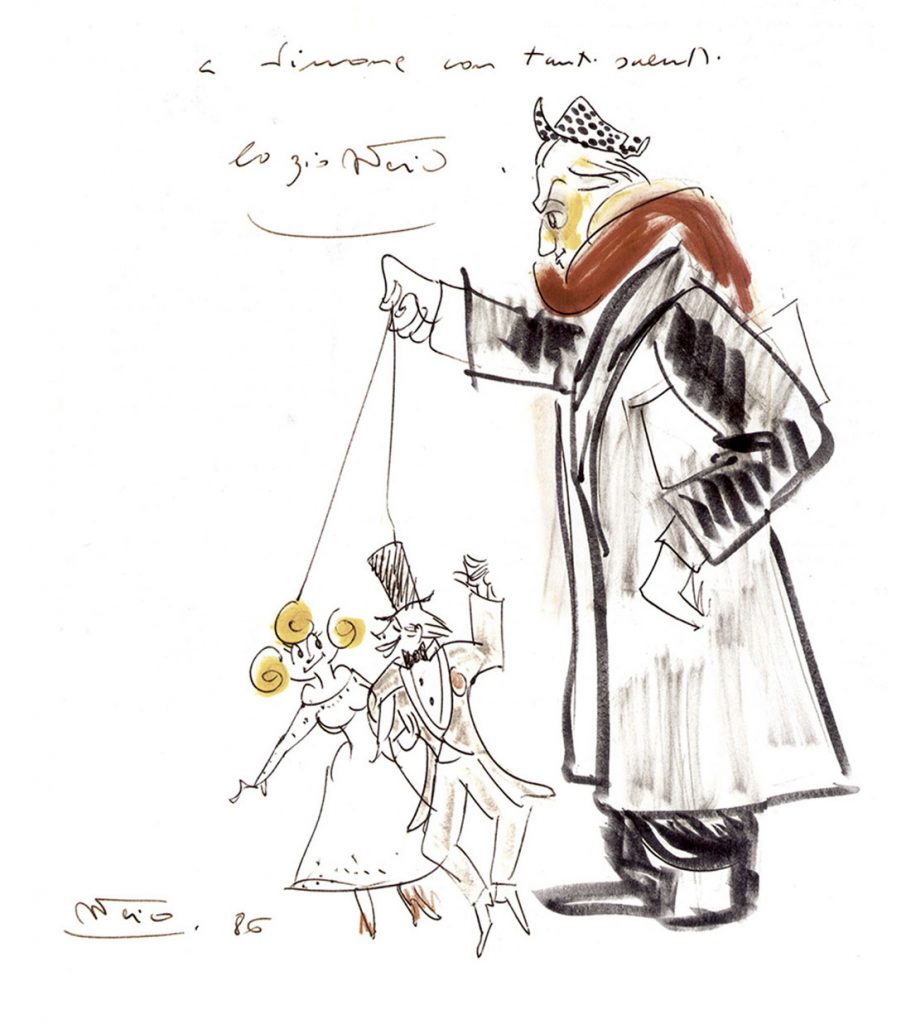
Fellini teaches us that not having clear ideas is not always catastrophic and that having a work in mind in detail is not a usual thing but that even a masterpiece can build itself piece by piece.
While making the film, due to a fairly long strike, Fellini says, “I filmed it without ever seeing anything I was doing.”
By not seeing the daily filming, the director does not analyze his work day by day and in this way amplifies the experience of letting go of creativity.
This teaches us that perhaps it is not always good to keep everything under control.
Letting go means welcoming any experience without judging it.
Drawing, painting, writing, linked only to the creative flow, can increase our regenerative capacities.
An artist’s crisis can make him or her decide whether to change or preserve what belongs to him or her.
It is a threshold.
Fellini teaches us how to cross it.
Reflecting on ourselves, on what convinces and what must be abandoned. But without pre-established stakes or logic.
“Nothing is known, everything is imagined“, says Fellini.
Also “There is no end. There is no beginning. There is only the infinite passion for life“.
And if you’re still not convinced about letting go, here’s this last wonderful quote by Federico Fellini: “Dreams teach us that there is a language for everything.”
